Gun violence an 'urgent' public health crisis. Surgeon General wants warnings on guns
The soaring number of children killed by firearms has created an “urgent public health crisis” worthy of the response the government took to preventing cigarette smoking or car accidents, the nation’s top doctor said in a first-of-its-kind announcement Tuesday.
In an advisory, U.S. Surgeon General Vivek Murthy said gun violence demands a public health approach rather than the polarizing political response that has numbed Americans and public officials to enacting change, as gun violence became the leading cause of death in children. Prior public health campaigns provide a playbook for addressing the uniquely American problem of gun violence that kills nearly 50,000 people annually, he said.
“I want people to know this is a profound public health crisis, but it is a solvable public health crisis,” he told USA TODAY. “As a nation, we are not powerless. We can do something about it.”
Gun violence:America’s largest mass shooting is the one happening every day. But we know how to stop it
Murthy's approach involves a range of responses, including warning labels on firearms, as with other consumer products, reinstating the ban on assault weapons and laws on safe gun storage to reduce the risk of homicides and suicides. He also emphasized the increased need for mental health resources for victims of gun violence, including trauma-informed health care and school-based services.
The U.S. has already seen 235 mass shootings in 2024, according to the Gun Violence Archive, a nonprofit that tracks incidents involving four or more victims. Homicides and suicides, which don't get as much coverage, drive the country’s death toll.
Murthy’s call for an immediate public health response comes after similar calls for intervention from the American Medical Association and the American Public Health Association which have long identified gun violence a public health issue. But Murthy's role as the nation’s top physician during two presidential administrations gives the declaration added weight.
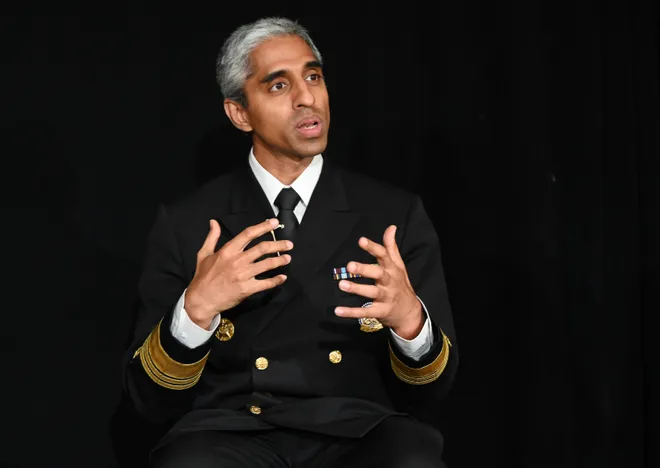
Does it matter if we frame gun violence as a public health issue?
Murthy has issued previous advisories for public health crises, including recent alerts about the dangers of social media and the loneliness epidemic. During the Obama administration, Murthy issued a crisis alert about e-cigarettes. Historically, surgeons general have issued warnings about pressing health issues. Murthy said he believes this advisory can drive broader public awareness about the toll of gun violence in America.
“A public health approach is really fundamentally about ensuring that we are defining clearly a problem and its impact on health,” he said, adding this requires using data to understand the extent of the problem and who is most affected.
What difference does an official warning make?
Murthy’s advisory draws from the Centers for Disease Control and Prevention’s response to violence prevention, which begins with monitoring through data and research, looking at risks and requiring widespread adoption.
The advisory highlights interventions in communities and schools and mental health support, as well as safe and secure gun storage, background checks and effective gun removal policies. The advisory also explicitly calls for banning assault weapons and large-capacity magazines for civilian use, along with restrictions on carrying loaded firearms in public spaces, concealed and open carry and rules about using firearms in public.
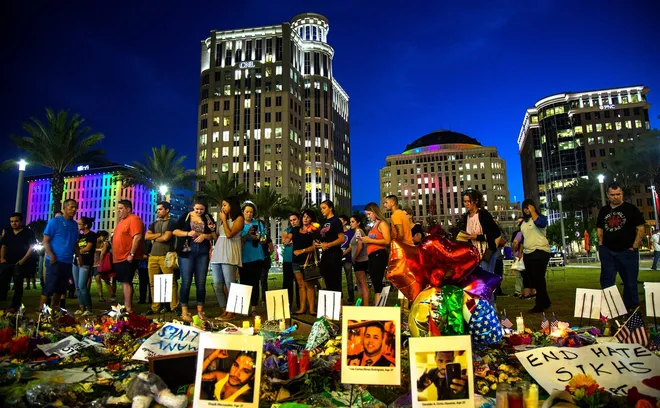
The advisory calls for treating gun regulations like the U.S. does other consumer products, as it does motor vehicle standards, pesticide regulations and Food and Drug Administration approvals. Firearms do not have the same safety testing or safety features, including warning labels, as other products do.
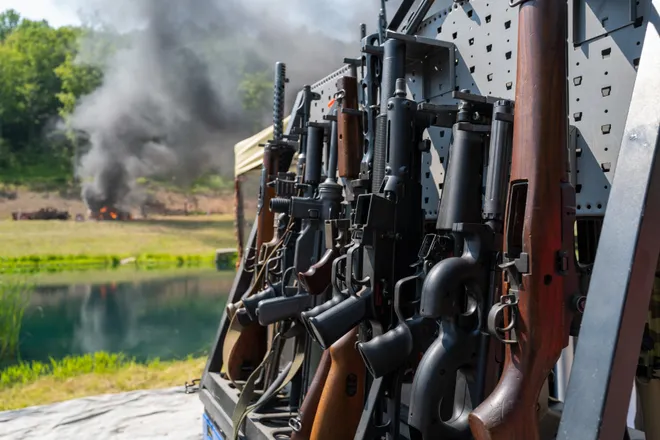
Death rates for youth far surpass other countries
Gun violence has steadily risen in recent years. In 2022, more than 48,000 people died by gun violence, according to the advisory. That’s 16,000 more deaths than in 2010. Firearm-related suicides have increased by 20% which includes a “staggering increase” in such deaths among youth, the advisory noted.
Having guns increases the risk for all household members of dying by homicide and suicide, the advisory said. And keeping firearms unlocked also increases the risk of youth dying by suicide and accidents or suffering unintentional injuries.
In 2020, gun violence overtook car accidents as the leading cause of death among children. Firearm deaths among children and adolescents in the U.S. are six times as prevalent in the U.S. than Canada and happen at more than 10 times the rate in Switzerland. In the Netherlands and the United Kingdom, the death rate by firearms is nearly 50 times lower than in the U.S.
Gun ownership:Supreme Court upholds law banning domestic abusers from owning guns
“Gun violence has now become a kids' issue,” Murthy said. “In my mind, that elevates the urgency and importance of us addressing this public health crisis.”
People of color are disparately affected by gun violence as they disproportionately live in poverty and in marginalized communities where they face an increased risk of firearm violence.
The spillover effects of gun violence are sweeping, and not just for the victims. People who witness a shooting or lose loved ones to gun violence are more likely to experience depression or anxiety. Victims' family members also face increased mental health issues. Children whose parents die by homicide or suicide are likelier to experience depression, heart disease or cancer, and these experiences are shown to impact them through life, at school and work.
Mass shootings, which make up a small percentage of U.S. gun deaths, have outsized mental health effects, causing people to worry about the risks of going to public places and events, the advisory said.
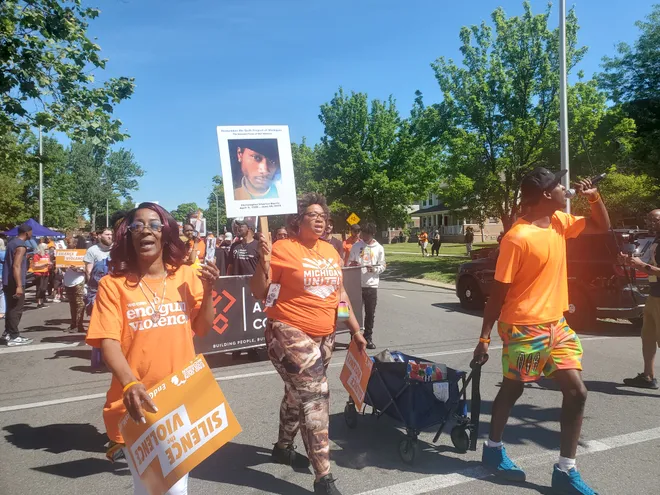
How can public health help solve the problem?
Murthy said he hopes the advisory will increase awareness and prompt health care systems and legislators to prioritize solutions.
In 1964, Luther Terry, the surgeon general for President Lyndon B. Johnson, issued an advisory that tobacco use was hazardous and caused cancer. At that time, Murthy said, cigarette smoking was “deeply embedded in the fabric of America.”
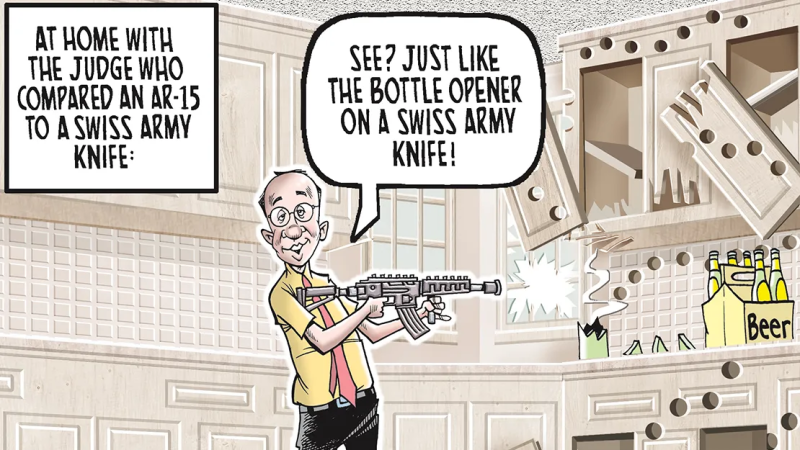
A year later, Congress enacted a 1965 law to create a warning label on cigarette products, according to the Association of Centers for the Study of Congress at the University of Delaware. Tobacco use dropped precipitously afterward, with declines in lung cancer and youth smoking, as a federal report showed.
Identifying the public health risks of smoking helped change the culture and make Americans safer. The same can be done with gun violence, Murthy said.
Disclaimer: The copyright of this article belongs to the original author. Reposting this article is solely for the purpose of information dissemination and does not constitute any investment advice. If there is any infringement, please contact us immediately. We will make corrections or deletions as necessary. Thank you.




